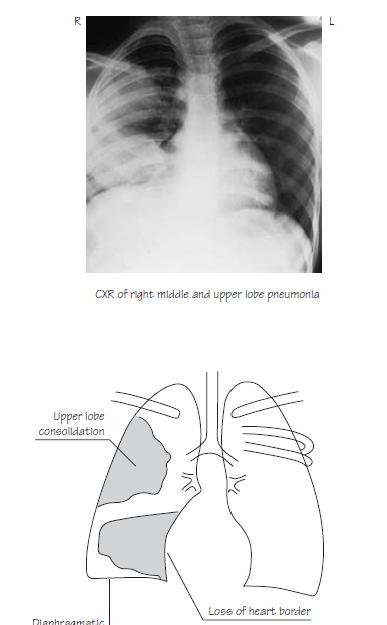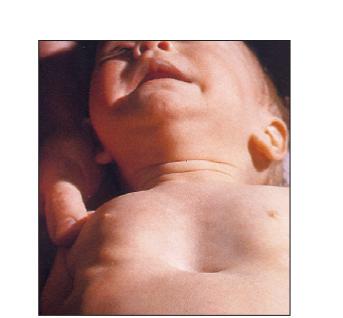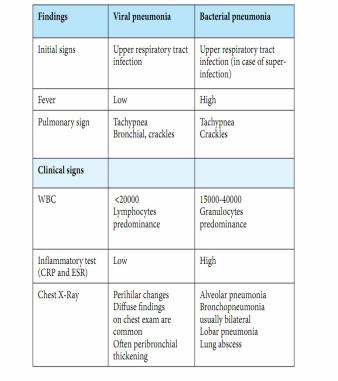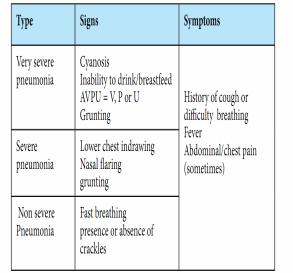
Pediatrics(2)
.pdfHIV : Human Immunodeficiency Virus HR : Heart Rate
HSV : Herpes Simplex Virus HT : Hematocrite
HTN : Hypertension
HZV : Herpes Zoster Virus
ICU : Intensive Care Unit
IE : Infective Endocarditis IM : Intra-muscular
IR : Intrarectal
INH : Isoniazide
INR : International Normalized Ratio
ITP : Idiopathic Thrombocytopenic Purpura IU : International Units
IV : Intravenous
JVP : Jugular Venous Pressure KD : Kidney disease
KOH : Potassium Hydroxide LBW : Low Birth Weight LDH : Lactate dehydrogenase LE : Lupus Erythematosis
LGS : Lennox-Gastaut Syndrome LFM : Life Style Modification LFT : Liver Function Tests
LGIB : Lower Gastro-Intestinal Bleeding LMWH : Low Molecular Weight Heparin LP : Lumbar Puncture
LV : Left Ventricle
MAP : Mean Arterial Pressure MCV : Mean Cell Volume
MRI : Magnetic Resonance Imaging
NHL : Non-Hodgkin’s Lymphoma NGT : Naso Gastric Tube
NPO : Nil Per Os (Nil By Mouth)
NSAID : Non Steroidal Anti Inflammatory drugs NVE : Native Valve Endocarditis
OD : Once per day
ORS : Oral Rehydration Salts PA : Postero-Anterior
PaO2 : Partial Pressure Oxygen
PCP : Pneumo Cystis Pneumonia PDA : Patent ducus Arterousus PE : Pulmonary Embolus
PEF : Peak Expiratory Flow
PEEP : Positive End Expiratory Pressure PO : Per Os (Take orally)
PPI : Proton Pump Inhibitor PT : Prothrombin Time
PTT : Partial Thromboplastin Time QID : Four times a day
PUD : Peptic Ulcer disease RBC : Red Blood Cell RNA : Ribonucleic Acid
RHD : Rheumatic Heart diseases RSV : Respiratory Syncytial Virus RR : Respiratory Rate
RV : Right Ventricle
SBP : Systolic Blood Pressure SL : Sublingual
SLE : Systemic Lupus Erythematosis
SSSS : Staphylococcal Scaled skin Syndrome SMEI : Severe Myoclonic Epilepsy of Infancy T4 : Thyroxine
TB : Tuberculosis
TDS, TID : Three times per day TORCH : Toxoplasmosis Other Rubella Cytomegalovirus Herpes
TSH : Thyroid Stimulating Hormone UGIB : Upper Gastro-Intestinal Bleeding ULN : Upper Limit of Normal
UTI : Urinary Tract Infection VLBW : Very Low Birth Weight VSD : Ventricular Septal defect VZV : Varicella-Zona Virus WAS : Wiskott Aldrich Syndrome WBC : White Blood Count
WHO : World Health Organization DIDACTION
This book is especially didacted to my parents who gave me the most precious thing in life(the life itself)
1. Respiratory Diseases
1.1. Rhinitis and Rhinopharyngitis
Definition: Rhinitis and rhinopharyngitis are very common viral
infections of the nasal or pharyngeal mucosa, which occur with seasonal variations in children under 5 years old (more frequent in cold and rainy seasons)
Causes
-Most common virus : Rhinoviruses
-Other viruses: Coronaviruses, respiratory syncytial viruses, human metapneumovirus, influenza viruses, para influenza viruses, adenoviruses, enteroviruses rarely
-Other causes include allergies (in case of recurrence), iron deficiency, passive tobacco smoke
Signs and Symptoms
-Nasal congestion
-Sore throat
-Sneezing
-Productive cough
-Fever sometimes
-Watery red eyes
-Headache
Note: Suspect allergic rhinitis in case of recurrent signs of rhinitis
with itching of nose, eyes, ears and palate. Complications
-Otitis media
-Sinusitis (in children over 6 years old)
-Tonsillitis
-Exacerbation of asthma
Management
- No specific treatment
-Nasal irrigation with 0.9% Sodium chloride, 4 to 6 times/ day to clear the airway.
-In patients with fever give Paracetamol as follows:
• 15 mg/kg/dose maximum 4 times a day (maximum dose 60mg/kg/day)
-Air humidification using nebulisation with 0.9% Sodium chloride once a day to clear the airway
-Postural drainage
-For allergic rhinitis only, give an Antihistamine (chlorpheniramine) for 3 to 5 days as follows:
• |
From 2 |
to |
5 |
years: 1 |
mg, to |
||
|
be |
repeated |
4 |
to |
6 |
times |
|
|
without |
exceeding 6 mg/day |
|
||||
•From 6 to 12 years: 2 mg, to be repeated 4 to 6 times without exceeding 12mg/day
•Avoiding the allergen
Recommendation
- Antibiotics are not indicated in viral rhinitis and rhinopharyngitis except in cases of evident superinfection
1.2. Pneumonia

Definition: Pneumonia is an inflammation of the parenchyma of the lungs classified according to the infecting organism.
Causes
-Bacterial: Streptococcus pneumonia is the most common at all ages followed by Chlamydia pneumonia and Mycoplasma pneumonia (over 5 year old age), Chlamydia trachomatis
(infant) Staphylococcus aureus, Haemophilus influenza (in case of no vaccination), Pseudomonas aeruginosa (In immunocompromised patients), Klebsiella pneumonia
-Viral: Respiratory Synctitial Virus, Adenovirus, Influenzae A and B, Parainfluenzae types 1 and 3, Metapneumovirus
-Fungal: Cryptococcus neoformans, Aspergillus spp
-Mycobacterial: Mycobacterium tuberculosis, Mycobacterium avium, Mycobacterium intracellulare,
-Parasites: Pneumocystis jiroveci
Signs and Symptoms

-Fever
-Tachypnea
-Respiratory distress (inter-costal, sub-costal recession)
-Nasal flaring
-Use of accessory muscles
-Cyanosis and respiratory fatigue (in severe case especially for infant)
-Crackles and wheezing in auscultation
-bronchial breathing
Findings suggestive of viral and bacterial pneumonia

Note: It is often not possible to distinguish viral pneumonia from disease caused by bacterial pathogens.

Complications
-Empyema
-Pleural effusion
-Pneumothorax
-Sepsis/ Meningitis / Arthritis Investigations
-FBC
-Chest x-ray
